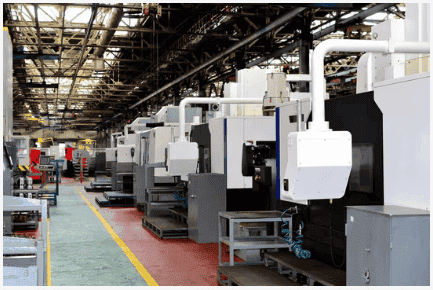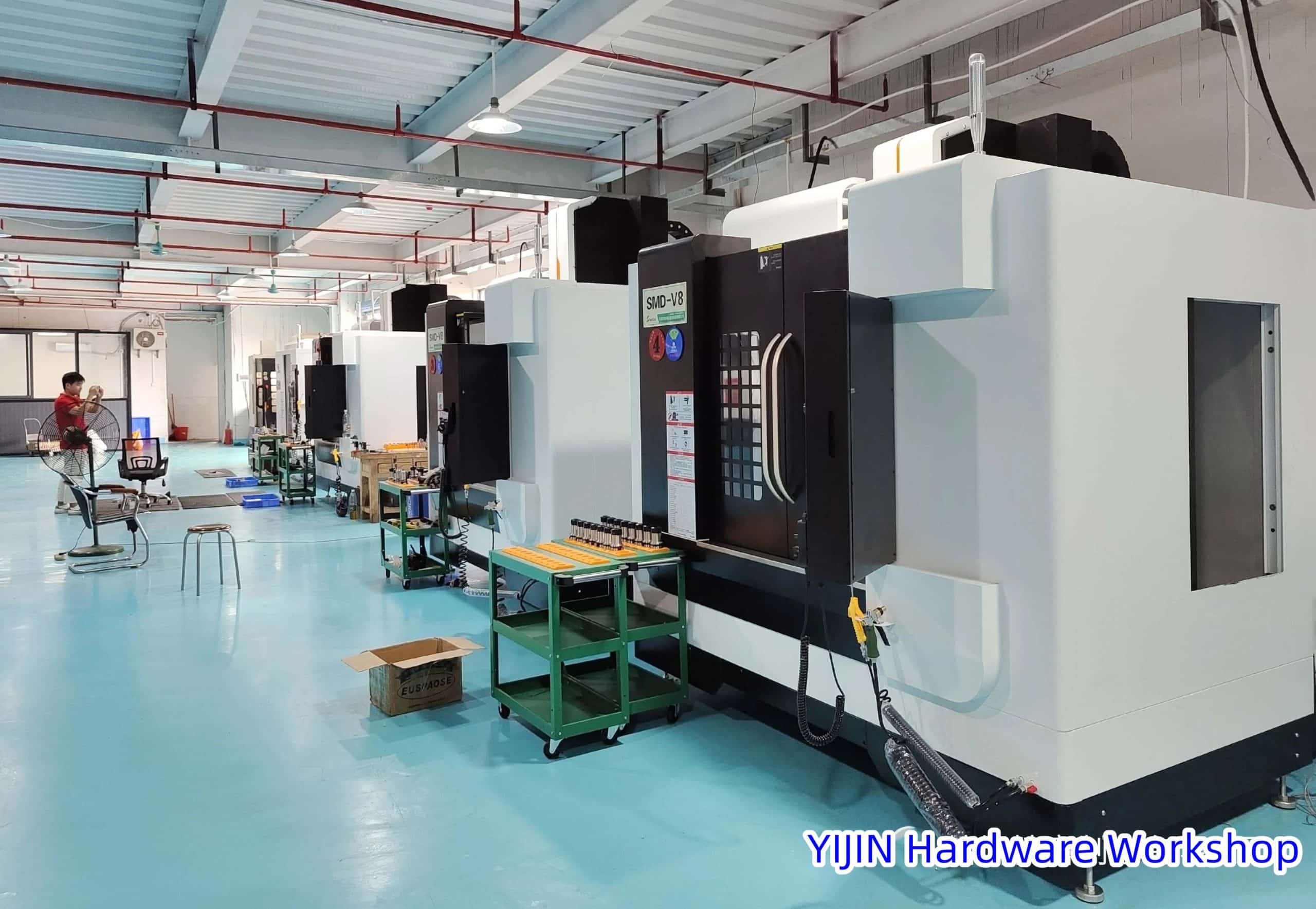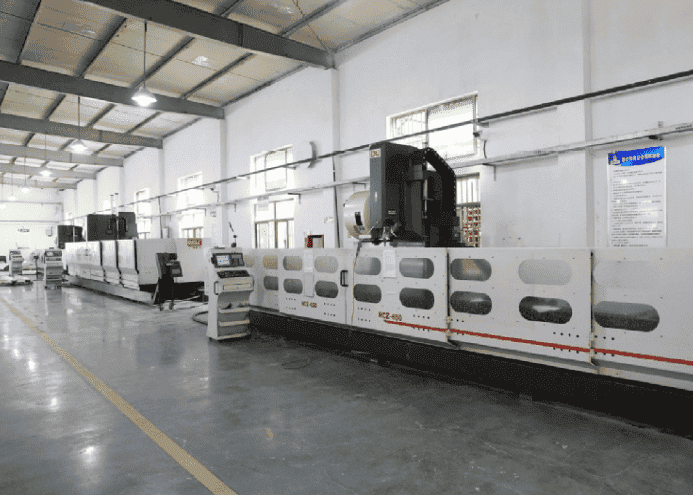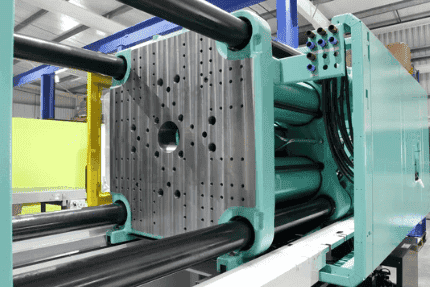I. What are Machined Parts? What are Molded Parts?
Although the manufacturing sector employs a wide variety of production techniques, two of the most well-liked and often utilized ones are machining and molding.
These two processes have their advantages and applications and they can be used to manufacture components.
Machining is the process that involves shaping the workpiece into the desired shape by removing material from the workpiece in a controlled manner.
This machining process is widely used in the manufacturing sector due to its high precision and tight tolerance.
Machining processes are suitable for most of the material including metal, plastic, and composites.
This machining process can create intricate and complex geometries.
On the other hand, molding is the manufacturing process of shaping the material into desired shape.
This method entails melting a metal or plastic, pouring it into a mold of the desired shape, and letting it cool to take on the intended shape. In large-scale manufacturing, this molding technique is frequently employed.
There are several varieties of molding processes, including rotational, blow, compression, and injection molding.
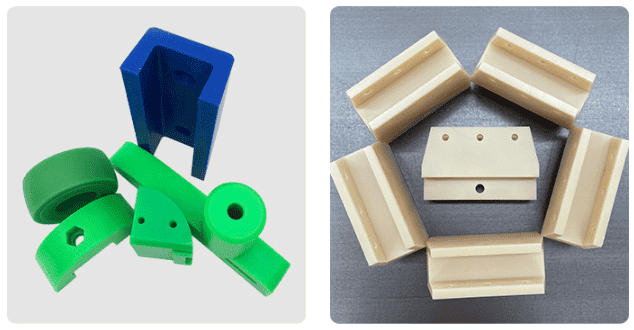
II. Benefits of Machined Parts
A. Precision and Accuracy
1. Explanation of how machining can achieve tight tolerances:
- Machining processes, such as milling and turning, involve the controlled removal of material from a workpiece with high-precision tools.
2. Importance of precision in various industries:
- Precision is critical in industries such as aerospace, medical, and automotive, where components must meet strict specifications. Machining parts have one of the great advantages is tight tolerance and due to this, machining processes are widely used in the manufacturing of automobile components such as engines, aerospace components, and surgical instruments.
B. Material Flexibility
1. Discussion on the range of materials that can be used in machining:
- Machining offers a wide range of material options, including metals (aluminum, steel, titanium), plastics, composites, and even ceramics.
2. Examples of materials suited for specific applications:
- For example, aerospace components may require lightweight yet strong materials like titanium. In contrast, precision components in electronics may be machined from aluminum. The ability to choose from various materials contributes to the adaptability of machining in diverse industries.
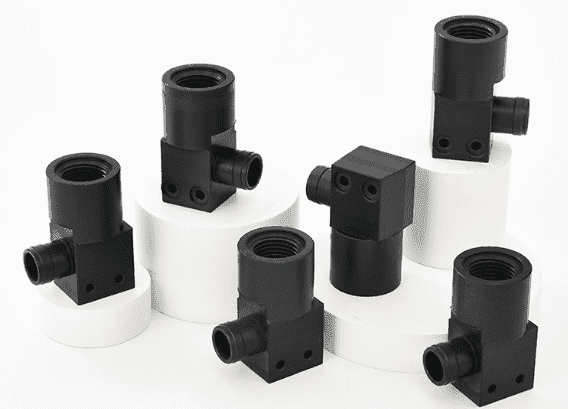
C. Customization and Complexity
1. Ability to create complex and intricate shapes and designs:
- Machining processes, particularly advanced CNC machining, enable the production of highly complex and intricate shapes. This is crucial in industries where customized parts with specific geometries are essential. Examples include customized medical implants, specialized tooling, and precision gears.
2. Case studies or examples of customized machined parts:
- Instances where machining is employed for intricate designs could include the production of custom molds for injection molding, complex components in the automotive industry, or unique prototypes in research and development.
D. Strength and Durability
1. Illustration of the strength and durability of machined parts:
- Machined parts often exhibit superior strength and durability due to the precision in material removal and the choice of robust materials. The strength is the advantages in such applications where all sub-components are subjected to stress such as bridges and other structural elements.
2. Comparisons with molded parts in terms of strength characteristics:
- While molded parts can be durable, machined parts often have a higher strength-to-weight ratio, making them preferable in applications where strength is a critical factor.
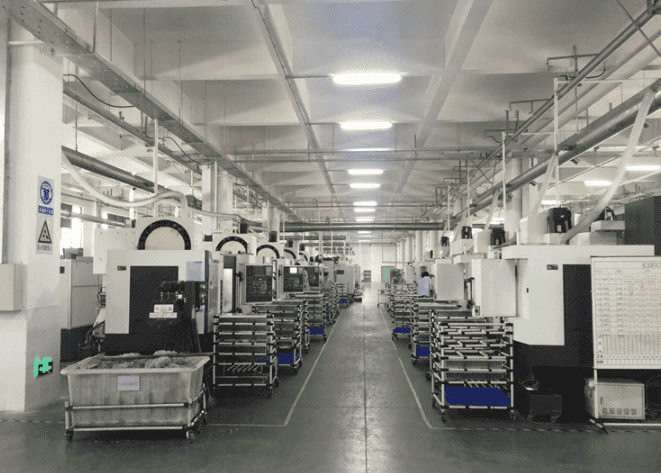
III. Drawbacks of Molded Parts
A. Limitations in Design Flexibility
1. Explanation of how molding restricts design options:
- Molding processes, such as injection molding, often involve the use of a mold cavity, which imposes certain constraints on the shape and design of the final part.
2. Examples of designs that are difficult to achieve with molds:
- Intricate internal features, sharp corners, and complex geometries may be challenging to mold accurately. For instance, components with undercuts or complex internal structures might require multiple-part molds or alternative manufacturing methods, increasing production complexity and costs.
B. Material Restrictions
1. Discussion on the types of materials suitable for molding:
- Molding processes are typically well-suited for plastics, rubber, and certain metal alloys. The main drawback of molding materials is that they are suitable for certain types of material only as compared to the machining process.
2. Limitations in material strength and versatility:
- While molded parts can be strong, certain applications, especially those requiring high-strength materials like certain metals or advanced composites, may necessitate machining. In addition to this, molded material undergoes low strength and versatility as compared to other machining processes.
C. Size and Complexity Constraints
1. Discussion on the size limitations of molded parts:
- Molding processes may have size constraints due to the capacity of the molding machine and the practical limitations of creating large molds. Large and intricate components might be more efficiently produced through machining, which does not have the same size limitations.
2. Challenges in molding complex or intricate shapes:
- Molding may struggle with achieving consistency and quality in parts with intricate features or complex shapes. Overly complex molds can be expensive and time-consuming to produce, impacting the cost-effectiveness of molding for such components. In contrast, machining can handle complex shapes with relative ease.

IV. Conclusion
In conclusion, the choice of machined parts over molded ones is driven by several crucial factors. Machining is valued for its exceptional precision, particularly vital in industries like aerospace and medicine that demand high precision. Its flexibility in working with various materials, including metals and composites, proves advantageous for diverse applications.
Machining’s strength is its capacity to produce complex and customized designs while overcoming mold-related issues. Furthermore, machined parts frequently have better strength and longevity, particularly in uses where maintaining structural integrity is crucial.
Although molded components have certain benefits, the desire for design freedom, material diversity, and meeting particular performance needs all play a role in the choice to go with machining.
Final thoughts acknowledging potential use cases for molded parts :
Considering potential applications for molded parts Although machined parts offer unique benefits, it’s crucial to recognize the considerable utility and efficiency of molded parts in specific scenarios.
Molded parts excel in high-volume production settings, where the swift and cost-effective replication of identical components is paramount.
In summary, while machined parts provide precision, material flexibility, and customization, molded parts shine in scenarios requiring scalability, rapid production, and cost efficiency.
The optimal choice between machined and molded parts ultimately hinges on the specific requirements, production volume, and economic considerations of the given project or industry. Both manufacturing methods play indispensable roles in meeting diverse needs across various sectors.
 Call Us Today! (+86) 188-2253-7569
Call Us Today! (+86) 188-2253-7569